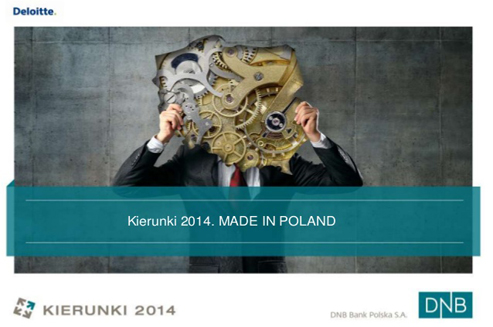According to the survey, in recent years, the industry that is mostly focused on foreign markets, recorded the largest increases in productivity. The potential of Polish industry can be seen primarily on a large and very demanding German market. One of the most significant feature of the Polish exports is that it concentrates on supply – due to the relatively lower average costs of sale even by 20% than in the whole UE. For instance, the share of exports of Polish automotive sector – the most competitive industry of the country’s economy – reaches 77%. This Polish sector effectively displaces the production of developed European economies, says the authors of the report. The list of Polish leaders of competitiveness also includes metal products, electrical equipment, textiles and furniture industries. Among the slackers there are leather energy, water and printing industries.
Promising situation of Polish industry does not exclude threats in the future. Besides of constant cost control – especially maintaining low-level labour cost – there is much to do in terms of barriers in conducting business, such as high energy cost and gap of education programmes. The analysis of the competitiveness of Polish companies leads to the following conclusions: in terms of the impact of industry on the country’s economy Poland is at the level of Germany and above many EU states. In comparison to UE Polish industry is considered as very competitive. The country’s competitive advantages do not depend only on low wages and a weaker exchange rate, but results primarily from an increase in productivity and quality.
Source: Polish Information and Foreign Investment Agency
Picture © DNB Bank Polska i Deloitte


